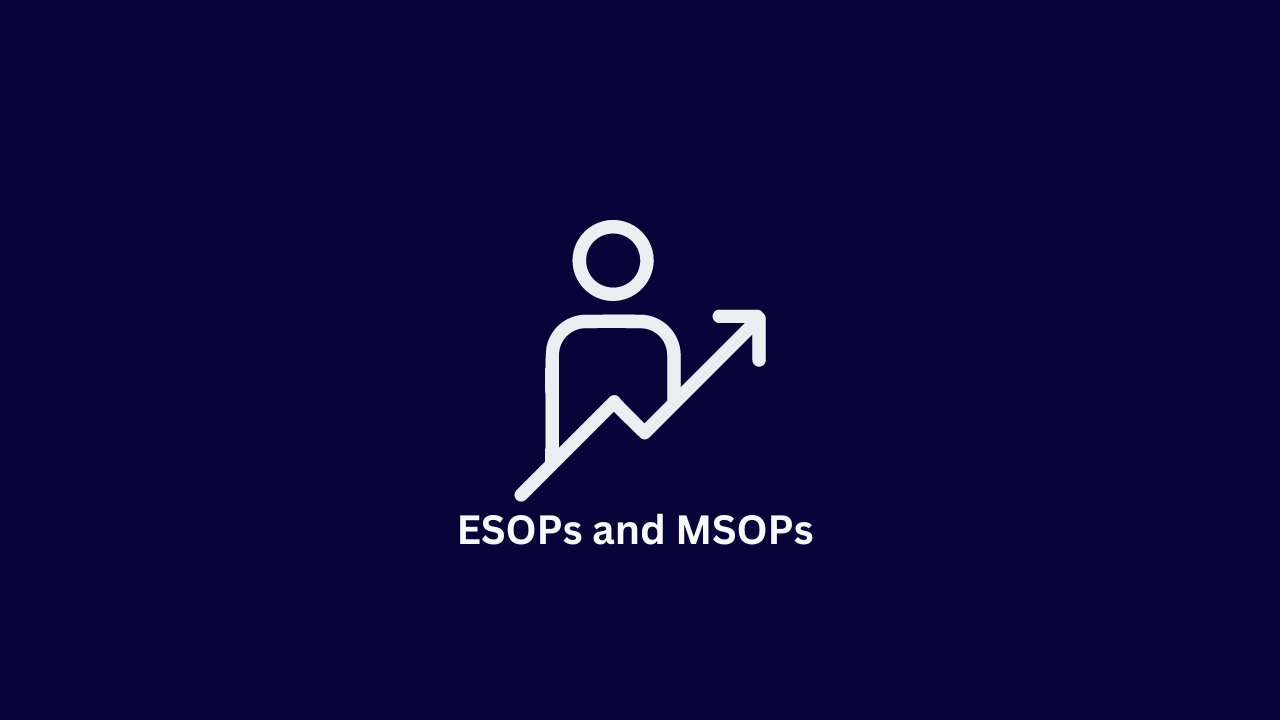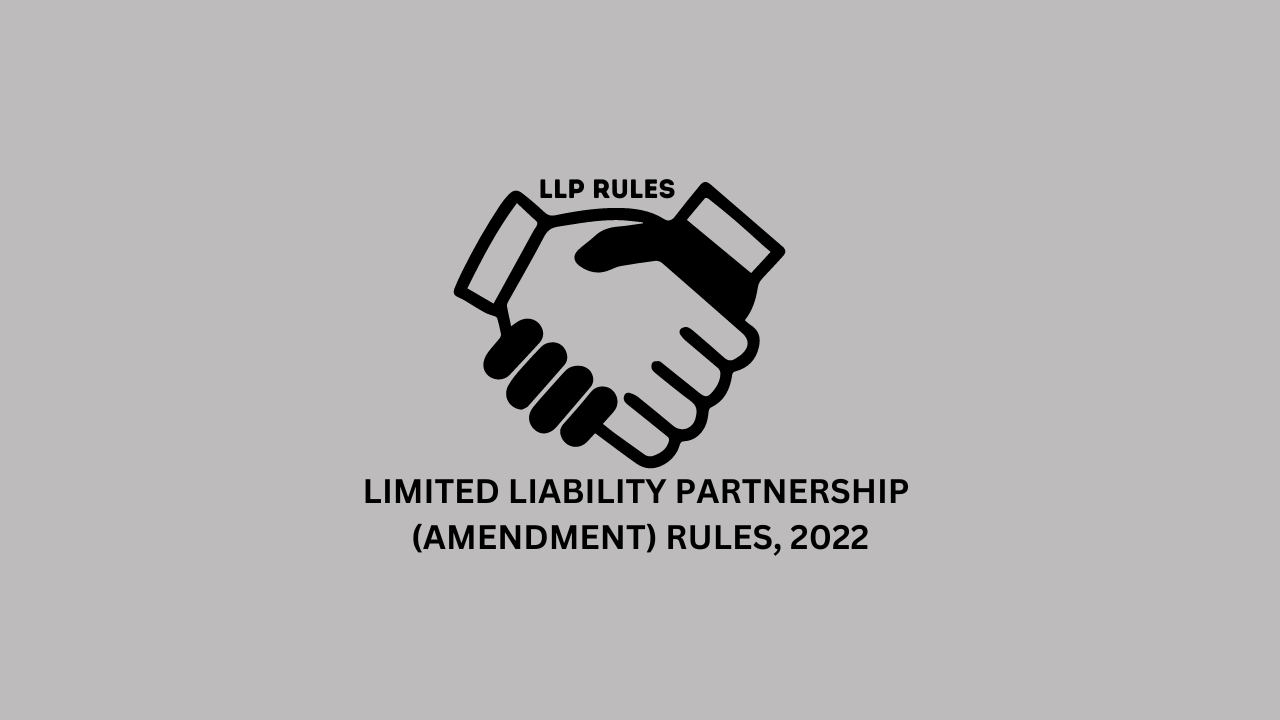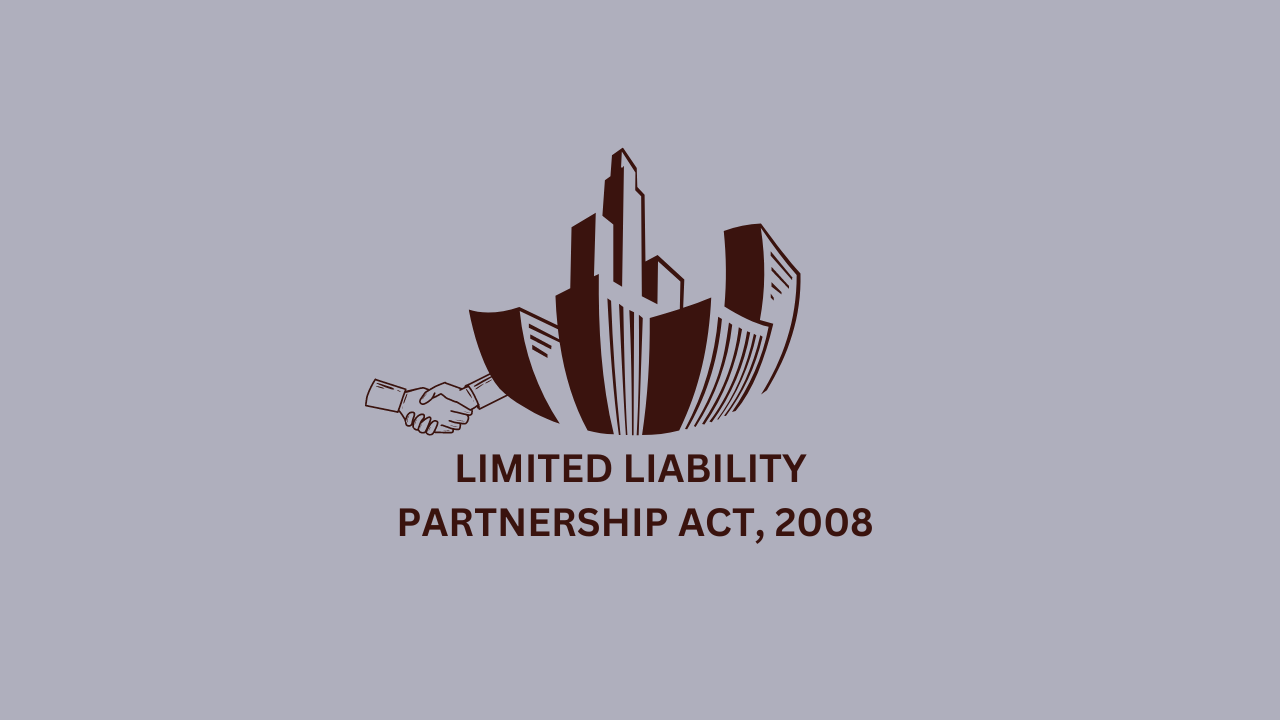
Issuance Regulation 49 certificates
Issuance Regulation 49 certificates

In a significant development in the world of regulatory compliance, the Issuance Regulation 49 certificate has taken center stage. These certificates, designed to ensure transparency and adherence to specific regulations, have become a focal point for businesses and organizations striving to navigate the complex landscape of compliance. Regulation 49 certificates are a fundamental component of regulatory compliance across a wide range of industries, including finance, healthcare, and environmental sectors. These certificates serve as a seal of approval, confirming that an entity has met all the necessary regulatory requirements set forth by governing bodies. This not only instills confidence in stakeholders but also plays a pivotal role in maintaining the integrity of industries susceptible to risks and malpractice.
What is Issuance Regulation 49 Certificates?
An Issuance Regulation 49 certificate is a formal document issued by recognized regulatory authorities or governing bodies in the financial sector. This certificate plays a crucial role in verifying and confirming the compliance of a company’s issuance and allotment of securities with the specific regulatory guidelines outlined in Issuance Regulation 49. These regulations are typically put in place to ensure transparency, fairness, and legality in the process of issuing and alloting securities. Therefore, when a company receives a Regulation 49 certificate, it serves as a tangible attestation that the company’s actions in the securities issuance process have met the regulatory standards set forth by Regulation 49, providing assurance to investors and stakeholders that the process has been conducted in accordance with the law and industry best practices.
Purpose and uses of Issuance Regulation 49 Certificates
Issuance Regulation 49 certificates in the field of finance in India serve a crucial purpose in ensuring transparency and investor protection within the financial market. These certificates are mandated by the Securities and Exchange Board of India (SEBI) and are designed to provide investors with essential information about a company’s financial health and performance. They serve as a means of disclosure and compliance by companies looking to raise capital through the issuance of securities. Here are some key points explaining the use of Regulation 49 certificates:
Enhanced Transparency-: Regulation 49 certificates require companies to disclose detailed financial information, including balance sheets, profit and loss statements, and cash flow statements, ensuring transparency and accountability to investors.
Risk Assessment-: Investors can use the information provided in these certificates to assess the financial stability and risk associated with investing in a particular company’s securities.
Informed Investment Decisions-: These certificates empower investors to make well-informed investment decisions, as they have access to comprehensive financial data, helping them understand the financial health of the company.
Regulatory Compliance-: Companies must comply with these regulations to maintain their listing on stock exchanges. This encourages companies to adhere to robust financial reporting standards and maintain financial discipline.
Market Confidence-: The availability of Regulation 49 certificates in the financial market instills confidence among investors, as it signifies that companies are following established norms and procedures, thereby reducing the likelihood of fraudulent activities or financial mismanagement.
Eligibility and requirements
In India, obtaining an Issuance Regulation 49 certificate involves a series of regulatory and educational requirements. First and foremost, individuals wanting to obtain this certification must possess a thorough understanding of the Securities and Exchange Board of India (SEBI) regulations and guidelines, particularly those outlined in Regulation 49 of the SEBI (Listing Obligations and Disclosure Requirements) Regulations, 2015. To be eligible for the certification, candidates typically need to hold a relevant bachelor’s or master’s degree in finance, economics, or a related field. Additionally, they should have accumulated a minimum number of years of practical experience in the financial sector, often working in roles related to compliance, disclosure, or investor relations. Finally, candidates may be required to pass a qualifying examination or interview conducted by a recognized regulatory authority or institution. Fulfilling these stringent criteria demonstrates a candidate’s proficiency in financial regulations and their commitment to upholding transparency and disclosure standards within the Indian financial market. Here are a few important eligibility criterias to obtaining an issuance regulation 49 certificate in India-:
Obtaining an Issuance Regulation 49 certificate in India involves meeting several crucial eligibility criteria, in addition to the requirements mentioned in the initial paragraph. Here are seven additional important eligibility criteria for obtaining this certification:
Minimum Age Requirement-: Candidates must typically be at least 21 years old to be eligible for an Issuance Regulation 49 certificate.
Clean Regulatory Record-: Applicants should have a clean regulatory record, meaning they should not have been subject to any significant regulatory penalties, sanctions, or disciplinary actions related to financial markets.
Relevant Work Experience-: In addition to a minimum number of years of practical experience, candidates should have worked in roles that directly involve securities issuance, compliance, corporate governance, or investor relations. Relevant experience is a critical factor in assessing eligibility.
Continuing Education-: Candidates may need to demonstrate a commitment to ongoing professional development by participating in relevant training programs, workshops, or courses related to SEBI regulations and corporate disclosure practices.
Ethical and Professional Conduct-: Aspiring candidates should adhere to high ethical standards and professional conduct within the financial industry. Any record of unethical behavior or professional misconduct may disqualify an individual from obtaining the certification.
Financial Knowledge and Aptitude-: Candidates should have a strong grasp of financial concepts, market dynamics, and an aptitude for understanding and interpreting financial statements, disclosures, and regulatory requirements.
References and Recommendations-: It may be required to provide references or recommendations from industry professionals, mentors, or supervisors who can vouch for the candidate’s competence, integrity, and commitment to regulatory compliance and transparency.
Features
Here are some of the most notable features of the issuance regulation 49 certificate-:
Legal Compliance-: An Issuance Regulation 49 certificate is a formal acknowledgment that a company has meticulously followed the legal requirements stipulated in Regulation 49 during the issuance and allotment of securities. This includes adherence to statutory provisions, disclosure obligations, and corporate governance standards that are crucial to maintain the integrity of financial markets. By receiving this certificate, the company demonstrates its commitment to operating within the boundaries of the law, which is essential for building trust among investors and regulatory authorities.
Transparency Assurance-: Transparency is a cornerstone of investor confidence. The certificate serves as a testament to the company’s commitment to providing investors and stakeholders with comprehensive and accurate information throughout the securities issuance process. It assures that the company has been open about its financial health, prospects, and any potential risks associated with the securities, enabling investors to make informed decisions.
Fairness Verification-: The certificate also verifies that the company has conducted the issuance and allotment of securities in a manner that ensures fairness. This means that all investors, regardless of their size or influence, have been treated equitably. It prevents situations where certain investors may gain undue advantages or face discrimination, fostering a level playing field in the market.
Regulatory Oversight-: Regulatory authorities or governing bodies closely monitor the company’s compliance with Regulation 49. The certificate signifies that these entities have diligently reviewed the company’s actions and confirmed that they align with the regulatory guidelines set forth in the regulation. This oversight helps maintain the integrity of the financial market and ensures that companies adhere to established standards.
Investor Protection-: A fundamental aspect of securities regulation is the protection of investors. The certificate plays a vital role in this regard by ensuring that the company’s securities issuance practices are in line with regulatory standards. This protection extends to safeguarding investors from potential fraudulent activities and ensuring that their investments are made in an environment of trust and legality.
Market Credibility-: Possession of an Issuance Regulation 49 certificate significantly bolsters a company’s credibility in the financial market. It demonstrates a commitment to industry best practices and adherence to regulatory standards. This credibility can enhance the company’s reputation among investors, analysts, and other market participants, potentially leading to increased investment interest and improved access to capital.
Documentation of Compliance-: The certificate serves as official documentation of the company’s compliance with the specific regulations outlined in Regulation 49. It provides a tangible record that regulatory authorities can refer to during audits and investigations. Additionally, it becomes a critical piece of information for investors conducting due diligence on the company, helping them assess the company’s commitment to regulatory compliance and transparency.
How to obtain a Regulation 49 certificate
Heres an outline of the process of obtaining a Regulation 49 certificate in India-:
Preparation and Compliance Check-: Before applying for a Regulation 49 certificate, a company initiates the process by conducting an internal review. This review involves a comprehensive assessment of the company’s securities issuance and allotment procedures. The goal is to ensure that these processes align with the specific regulatory requirements outlined in Issuance Regulation 49. During this phase, the company identifies any areas where it may not be in compliance with the regulatory guidelines. This self-assessment is a crucial starting point to identify and rectify any potential issues.
Engage Regulatory Experts-: Many companies choose to engage the services of legal and financial experts who specialize in regulatory compliance. These experts bring their knowledge and experience to guide the company’s efforts in aligning its practices with the regulatory framework. They provide valuable insights, interpret complex regulations, and offer recommendations to ensure full compliance with Regulation 49. Their involvement helps the company navigate the intricacies of regulatory requirements effectively.
Document and Report-: The next step involves meticulous documentation and reporting. The company compiles all the necessary documentation to support its application for a Regulation 49 certificate. This documentation includes items such as prospectuses, offering memoranda, financial statements, and other relevant materials. The company must create comprehensive reports that clearly and transparently outline how its securities issuance and allotment processes adhere to the regulatory guidelines. These documents serve as evidence of compliance during the application process.
Submit Application-: With the documentation and reports prepared, the company proceeds to submit its formal application for a Regulation 49 certificate to the appropriate regulatory authority or governing body. The application package typically includes all the required documentation, reports, and any additional information requested by the regulatory authority. Timely and accurate submission is critical to initiating the review process.
Review and Inspection-: The regulatory authority or governing body reviews the submitted application in detail. During this review, they assess the company’s compliance with Issuance Regulation 49 by examining the documentation and reports provided. In some cases, especially for complex or high-value issuances, regulators may conduct onsite inspections or audits of the company’s operations. These inspections are designed to verify compliance and ensure that the company is adhering to the regulatory standards set forth by Regulation 49.
Certificate Issuance-: Once the regulatory authority is satisfied that the company’s securities issuance and allotment processes meet the regulatory standards outlined in Regulation 49, they will issue the Regulation 49 certificate. This certificate serves as formal confirmation that the company’s actions are in compliance with the law and industry best practices. It provides assurance to investors and stakeholders that the company has conducted its securities issuance process transparently, fairly, and legally, according to the regulatory guidelines.
How issuance regulation 49 certificates work
Issuance Regulation 49 certificates function as a critical tool in the financial sector to maintain and demonstrate the integrity of securities issuance processes. Here are some of the most important functions of this document-:
Compliance Verification-: Issuance Regulation 49 certificates are fundamentally a mechanism for confirming a company’s adherence to the specific guidelines and regulations stipulated in Regulation 49. These guidelines are often put in place by regulatory authorities to safeguard the interests of investors and ensure the legality of securities issuance. The certificate serves as a formal acknowledgment that the company has followed these regulations meticulously. It includes details of the steps taken, documentation submitted, and the overall process employed to issue and allot securities. This compliance verification is vital not only for the regulatory authority but also for the company itself, as it helps prevent potential legal issues and regulatory penalties.
Investor Assurance-: One of the most significant functions of Issuance Regulation 49 certificates is to provide assurance to investors and stakeholders. When a company holds such a certificate, it acts as a tangible attestation that the securities issuance process adheres to established legal and industry standards. This assurance is critical in attracting investment because it conveys that the company’s practices are transparent and fair. Investors are more likely to commit their capital when they have confidence in the regulatory compliance of the issuing company, reducing the risk of financial misconduct or fraud.
Transparency and Fairness-: Securities markets thrive on transparency and fairness, and Issuance Regulation 49 certificates play a pivotal role in upholding these principles. The regulations themselves are often designed with the intent of promoting equitable treatment of all stakeholders. The certificate is a testament to the company’s commitment to these principles. It signifies that the company’s securities issuance process is conducted openly, without bias, and in a manner that ensures equal opportunities for all interested parties. In essence, it acts as a safeguard against practices that could compromise the integrity of the financial markets.
Legal Documentation-: Issuance Regulation 49 certificates have legal significance. They serve as official documentation that can be presented in legal proceedings if disputes or challenges arise regarding the securities issuance process. In legal terms, they function as a means of proving that the company’s actions align with the stipulated regulations. This legal protection is crucial for both the company and its stakeholders, as it provides concrete evidence of compliance and can be used to defend against legal claims or challenges to the issuance process. It gives weight to the company’s assertions of regulatory adherence.
Regulatory Oversight-: For regulatory authorities, Issuance Regulation 49 certificates are a tangible manifestation of their oversight responsibilities. They represent the culmination of the regulatory body’s evaluation and approval of the company’s securities issuance procedures. The certificate acts as evidence that the regulatory authority has rigorously reviewed the company’s practices and found them in accordance with the applicable regulations. It’s a testament to the effectiveness of the regulatory framework in place, demonstrating that the regulatory body is actively monitoring and regulating securities issuance activities to ensure they align with legal and industry standards. This, in turn, contributes to the overall credibility and stability of the financial markets.
How is regulation 49 certificate different from other certificates
Regulation 49 certificates have distinct differences from other certificates in the financial sector, including-:
| N.O. | Point of Distinction | Regulation 49 Certificates | Other Certificates |
|---|---|---|---|
| 1 | Specific regulatory focus | Regulation 49 certificates are specifically related to the issuance and allotment of securities and are governed by the guidelines set forth in Regulation 49. | Other certificates may be related to different aspects of financial compliance, such as tax certificates or audit certificates. |
| 2 | Issuer's compliance verification | A Regulation 49 certificate primarily serves to verify and confirm a company's compliance with the regulatory guidelines related to securities issuance. | Other certificates may focus on different areas of compliance, such as financial reporting or corporate governance. |
| 3 | Regulatory Authority Issuance | Regulation 49 certificates are issued by recognized regulatory authorities or governing bodies with authority over securities issuance. | Other certificates may be issued by different entities, such as tax authorities, accounting bodies, or industry associations. |
| 4 | Investor and Stakeholder Assurance | Regulation 49 certificates provide assurance to investors and stakeholders that the securities issuance process adheres to the law and industry best practices. | Other certificates may have varying purposes and may not be directly related to investor or stakeholder confidence. |
| 5 | Industry-Specific Nature | Regulation 49 certificates are specific to the securities industry and are designed to ensure transparency and fairness in this particular sector. | Other certificates may pertain to different industries or sectors, each with its own unique compliance requirements and standards. |
Compliance and Reporting
Compliance and reporting of Issuance Regulation 49 certificates are critical aspects of the regulatory framework in the financial sector. Companies are typically required to maintain detailed records and documentation throughout the securities issuance process to ensure adherence to Regulation 49. This involves documenting every step of the issuance and allotment of securities, from the initial planning stages to the final distribution.
Additionally, companies must establish internal compliance procedures and controls to monitor and verify that their practices align with the specific guidelines outlined in Regulation 49. This might include appointing compliance officers or teams responsible for ensuring that the company follows the regulations at every stage of the issuance process.
Reporting is a fundamental element in the compliance framework. Companies are often obligated to submit periodic reports to the relevant regulatory authorities or governing bodies detailing their compliance with Regulation 49. These reports typically include comprehensive information about the securities issuance activities, the steps taken to ensure compliance, and any deviations from the regulatory requirements, if applicable.
These compliance measures and reporting requirements are in place to guarantee transparency, accountability, and the integrity of the securities issuance process, thereby maintaining the confidence of investors and stakeholders in the financial markets.
The world of regulatory compliance is a complex and ever-evolving landscape, and at its heart, Issuance Regulation 49 certificates play a pivotal role in maintaining transparency, fairness, and legality in the securities issuance process. These certificates, governed by the guidelines of Regulation 49, are essential for companies in the financial sector, providing a seal of approval that confirms compliance with the law and industry best practices. They enhance transparency, empower investors to make informed decisions, and uphold the fundamental principles of fairness and equity in the financial markets.
Obtaining a Regulation 49 certificate is a challenging venture which requires rigorous adherence to regulatory guidelines and a strong commitment towards upholding transparency and disclosure standards. The eligibility criteria are stringent, ensuring that individuals seeking this certification possess the knowledge, experience, and ethical standards necessary to safeguard the interests of investors.
These certificates not only serve as a legal document but also act as a shield against legal challenges, reinforcing the credibility of the financial market and affirming the regulatory authority‘s oversight. These certificates showcase the integrity and accountability of companies in the financial sector. They stand as a beacon of trust, fostering a marketplace where transparency and fairness are the guiding principles, ensuring that investors can make well-informed choices while companies can operate within the boundaries of the law and industry best practices.
Categories
Recent Posts
-
 A Comprehensive Guide to ESOPs & MSOPs: Empowering Employees and Management through Equity Ownership
A Comprehensive Guide to ESOPs & MSOPs: Empowering Employees and Management through Equity Ownership -
 A Comprehensive Guide for Legal Professionals
A Comprehensive Guide for Legal Professionals -
 Partnership Act, 1932
Partnership Act, 1932 -
 Limited Liability Partnership (Amendment) Rules, 2022
Limited Liability Partnership (Amendment) Rules, 2022 -
 Limited Liability Partnership Act, 2008
Limited Liability Partnership Act, 2008 -
 The Insolvency and Bankruptcy Code, 2016
The Insolvency and Bankruptcy Code, 2016 -
 Family Office
Family Office


